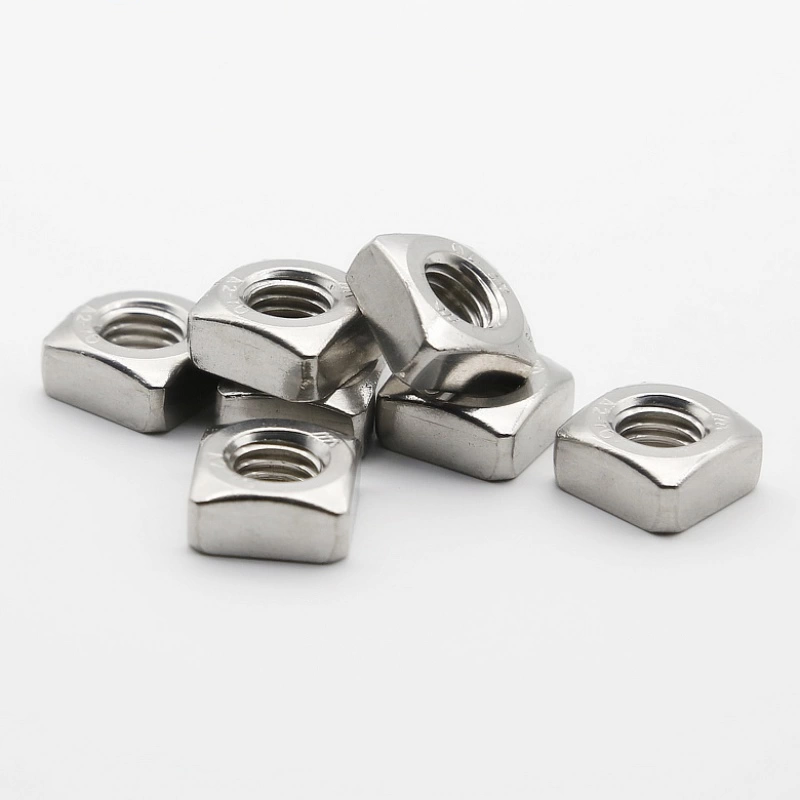

self tapping screws for drywall
Oct . 02, 2024 14:44 Back to list
self tapping screws for drywall
The Importance of Self-Tapping Screws for Drywall Installation
When it comes to drywall installation, using the right fasteners is crucial for achieving a sturdy and long-lasting finish. Among the various types of screws available, self-tapping screws have become a preferred choice for both professionals and DIY enthusiasts. This article delves into the significance of self-tapping screws specifically designed for drywall, exploring their benefits, applications, and installation tips.
Understanding Self-Tapping Screws
Self-tapping screws are designed to cut their own threads as they are driven into a material, eliminating the need for a pre-drilled pilot hole. This feature makes them particularly advantageous for drywall installation, where speed and efficiency are essential. Drywall is typically made of gypsum plaster sandwiched between two sheets of heavy paper, and self-tapping screws penetrate this material with ease, anchoring securely without compromising structural integrity.
Advantages of Self-Tapping Screws for Drywall
1. Time Efficiency One of the most significant benefits of using self-tapping screws is the reduction in installation time. With no need for pre-drilling, installers can progress more rapidly, making them ideal for large projects or tight deadlines.
2. Strong Hold Self-tapping screws provide a dependable grip in drywall, which is crucial for ensuring that sheets remain fixed in place. The ability to create their own threads enhances the strength of the bond, reducing the risk of loosening over time.
3. Versatility These screws are available in various lengths and widths, making it easy to choose the right type for different drywall thicknesses and applications. Whether installing standard sheets or thicker variations, there’s a self-tapping screw tailored to the job.
self tapping screws for drywall

Installation Tips
For optimal results when using self-tapping screws on drywall, consider the following tips
- Select the Right Screw Ensure that you choose screws specifically rated for drywall. They typically have a sharp tip and a coarse thread for better bite into the material.
- Mind the Spacing When fastening drywall sheets, adhere to recommended spacing guidelines. Usually, screws should be placed approximately 12 to 16 inches apart along the edges and around 24 inches apart in the field.
- Drive with Care Use a power drill or screwdriver set to a low torque to prevent over-driving the screws, which can lead to damaging the drywall surface or compromising the hold.
- Check for Alignment Ensure your drywall sheets are aligned properly before fastening. Misaligned sheets can lead to uneven surfaces and require additional work during the finishing phase.
Conclusion
Self-tapping screws are an indispensable component of drywall installation, combining efficiency, strength, and ease of use. By understanding their advantages and following best practices during installation, both professionals and DIY enthusiasts can achieve excellent results. Whether you’re renovating an interior space or building from scratch, integrating self-tapping screws into your drywall project will ensure a secure and polished finish.
Latest news
-
Hot Dip Galvanized Bolts-About LongZe|High Strength, Corrosion Resistance
NewsJul.30,2025
-
High-Strength Hot Dip Galvanized Bolts - Hebei Longze | Corrosion Resistance, Customization
NewsJul.30,2025
-
Hot Dip Galvanized Bolts-Hebei Longze|Corrosion Resistance&High Strength
NewsJul.30,2025
-
High-Strength Hot-Dip Galvanized Bolts-Hebei Longze|Corrosion Resistance&High Strength
NewsJul.30,2025
-
Hot Dip Galvanized Bolts-Hebei Longze|Corrosion Resistance&High Strength
NewsJul.30,2025
-
Hot Dip Galvanized Bolts - Hebei Longze | Corrosion Resistance, High Strength
NewsJul.30,2025

